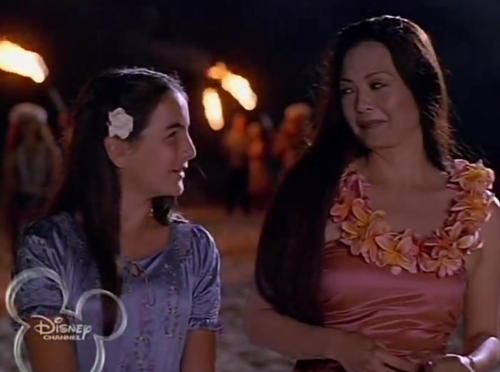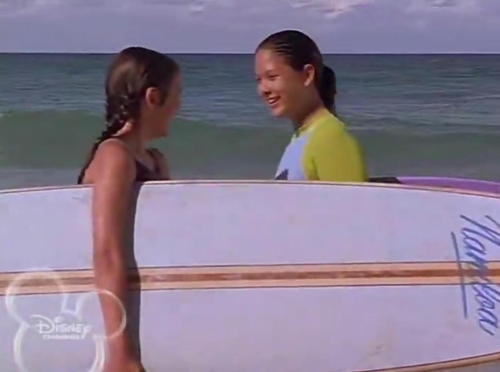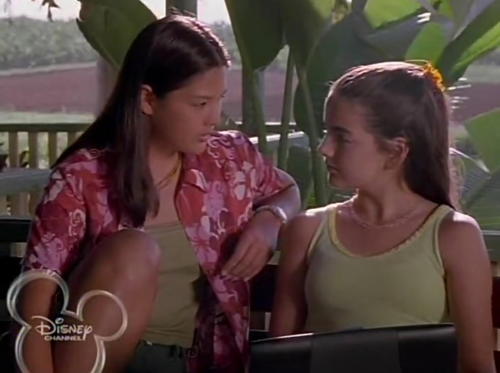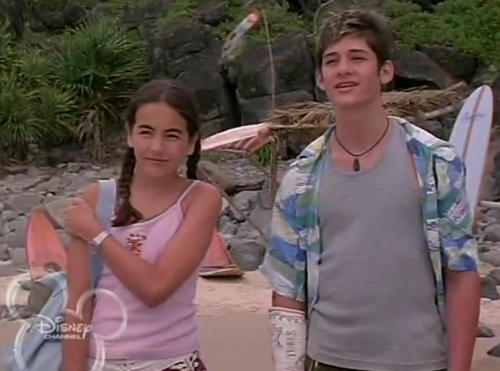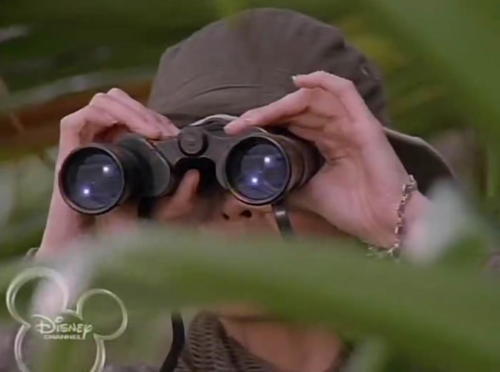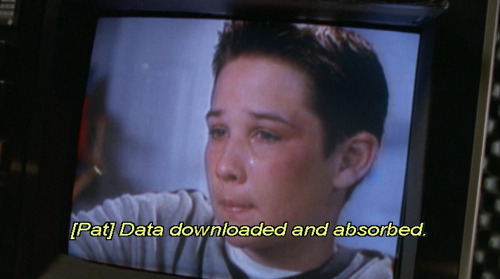#disney channel original movies
Big City Greens The Movie Moves As Disney+ Original Movie With New Disney Strategy For Disney Channel Original Movies.
Disney announced today in honor of National Streaming Day that they will be moving Zombies 3 as a Disney+ Original Movie on July 13th Worldwide with a special encore version with an additional scene and music number set to air as a Disney Channel Original Movie on August 12th at 8:00PM.
The encore version will be on the Extras section of the film on a later time
This is huge as this premiere has set a new way in how Disney is going to handle future Disney Channel Original Movies, Big City Greens The Movie will be part of this with the premiere with a Exclusive Worldwide Premiere on Disney+ and later a “Extended Version” of the film with an additional music number or some deleted scenes sprinkled around them airing on Disney Channel as a Disney Channel Original Movie with that version on the extras section of the film
Post link
Post link
Essay topic
Analyze the plot of Rip Girls in relation to the monomyth. What elements of the film match up to steps on a typical hero’s journey? (Her surfing injury as the Belly of the Whale? Malia as Goddess? Atonement with the Mother?) How does switching the genders of the characters change the myth? What might the filmmakers be trying to say by placing the monomyth in a feminine, matriarchal context?
Post link
Essay topic
In what way does Sydney and her family’s arrival in Hawaii in Rip Girls constitute an act of colonization? How does Sydney navigate her dual identity as both colonizer and colonized?
Post link
Dissertation
Every Time I’m In the Water, I Feel Right: Returning to the Ocean in Rip GirlsandThe Thirteenth Year, the Disney Channel’s (Veiled) Queer Love Stories
Post link
Post link
Kona’s Cast Makes Him the Ultimate Tween Crush Object
Post link
Essay topic
At two points in the film Rip Girls, we see a mysterious person watching the action through binoculars, but we never discover this person’s identity or intentions. All we have to go on is a music cue indicating that this person is somehow sinister. What do you make of this? Is the film trying to make a statement about surveillance as a means of social control? To call into the question the morality of Sydney’s photographing of surfers without their consent? Or perhaps to represent, and therefore implicate, the viewing audience?
(Seriously, who the hell is this person?)
Post link
Dissertation
What If I Just Take Pictures?: The Ethics of Participant Observation in Rip Girls
Post link
Dissertation
The Picture In My Head Is Probably Some Old Photograph: Technology, Memory, and the Absent Maternal in Rip GirlsandSmart House
Post link
Does Mahree’s assertion that being held at the South African embassy was “like being in prison” constitute a problematic appropriation of the struggles of black South African activists?
In portraying the US as the opposite of, and even the solution to, South Africa’s racist society, does The Color of Friendship erase the US’s own history of racism? Consider the scene in which Mr. Dellums recommends Mahree read Roots. Is this an acknowledgement of the US’s troubled history, or an attempt to confine American racism to the distant past?
The Color of Friendship opens with Mahree and Piper each asking their fathers’ permission to participate in the exchange program. What does the film have to say about family dynamics? Recall that both fathers have significant institutional power in their home countries. If the two fathers represent the governments of their respective nations, what does the film say about the relationship between government and the governed?
Was anyone else shocked that both Piper and Mahree straight up say the N-word in The Color of Friendship?
Up, Up and Away! was too terrible, so we decided to skip it and jump right into the golden era of DCOMs. The next episode will be about The Color of Friendship, the movie that taught a generation of kids that there are white people in Africa.
Analyze the portrayal of Horse Sense’s Gina as the archetypal “California Girl.” What anxieties about gender, class, mass media, and consumer culture does she embody? Is the “California Girl” a fundamentally sexist trope?
Did Somebody Give You That Name?: Mule as Subaltern in Horse Sense
While Horse Sense appears to have a classic meaning-over-money moral, preaching family relationships and appreciation for nature over accruing wealth and material goods, in fact the film endorses an older understanding of wealth as tied to land and agricultural products. The upwardly mobile Beverly Hills branch of the family is portrayed as morally bankrupt, while the Montana branch, with its old money symbolized by the antique cabinet, is saintly in its reverence for land and tradition. Horse Sense has at its core an anachronistic anxiety over class mobility.
The Purity of Poverty: Money as Spiritual Contaminant in Horse Sense
Family Business: Labor, Capital, and Family as an Economic Unit in Brink and Horse Sense


